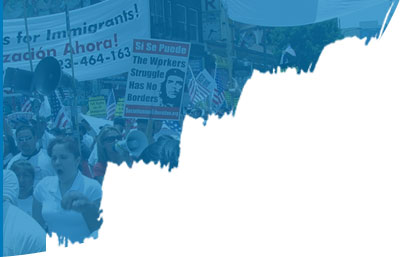
Role of NGOs in Fighting Trafficking
U.S. and Sweden’s antitrafficking efforts have been held out as the most aggressive in the world, with both nations expending a great deal of financial and human resources dedicated to eradicating it. U.S.’s policy, which is built on the “3Ps” – Prevention, Prosecution and Protection ‒ encompasses a myriad of statutes existing on federal, state, and local levels. It also, per The Trafficking Victims Protection Act of 2000, uses a tier system to assess trafficking efforts of other countries and exerts pressure (i.e. via economic sanctions) on those who are not making trafficking a priority.
Sweden’s Nordic Model, which is quite different, has also been noted for its success. Sweden treats sex trafficking as a matter of gender equality and has therefore sought to end the problem largely through laws such as the Sex Purchase Act, which criminalizes prostitution completely. Purchasing sex from someone under eighteen is a separate offense.
Yet, even with these measures in place, both nations and others like them face an ongoing battle to ferret out traffickers, rescue victims, and support them in their recovery. One can then imagine the uphill battle in countries whose governments, for various reasons, have yet to reach Tier 1.
While there are commonalities to trafficking no matter where it occurs, each country also has its own challenges around fighting it, depending on its economy, geography, and culture. Add these to the complexities and insidiousness of trafficking and it becomes exponentially harder for them to protect their citizens. It is in these places that NGOs are making the greatest difference, both for those who have already been victimized and vulnerable populations.
One is example is Prajwala, which has been in operation in India since 1996 and, in conjunction with authorities, saved 24,000 women and girls from trafficking. Despite the government’s efforts, India has some of the highest trafficking numbers on the globe: eighteen million women and girls are held as sex slaves, with that number growing by 200,000 each year. Child trafficking statistics are especially horrifying, with the National Crime Bureau estimating that 135,000 are trafficked annually, often through kidnapping. In addition, 90% of India’s trafficking victims remain in the country, which means rescue efforts fall completely on Indian authorities, as opposed to the collaborative efforts, such as those currently between Ukraine and Poland, that take place at the border. Prajwala helps to fill the gap by raising public awareness about trafficking and advocates for victim-centric legislation at the state and national levels. It also uses a four-tiered model – Prevention, Rescue, Rehabilitation, and Reintegration – each of which includes comprehensive services that support victims as they heal from their experiences and get the necessary life skills to become financially and emotionally independent. They also help them navigate reunions with loved ones, which can be stressful, particularly among who relatives don’t fully understand trafficking and may misplace blame.
To varying degrees, every nation has a tough road ahead to end trafficking, Wherever they currently fall on the Tier System, the work of their NGOs must be applauded and supported for their work, not just in removing victims from immediate physical danger but helping them overcome trauma, rediscover themselves, and live full, empowered lives.
